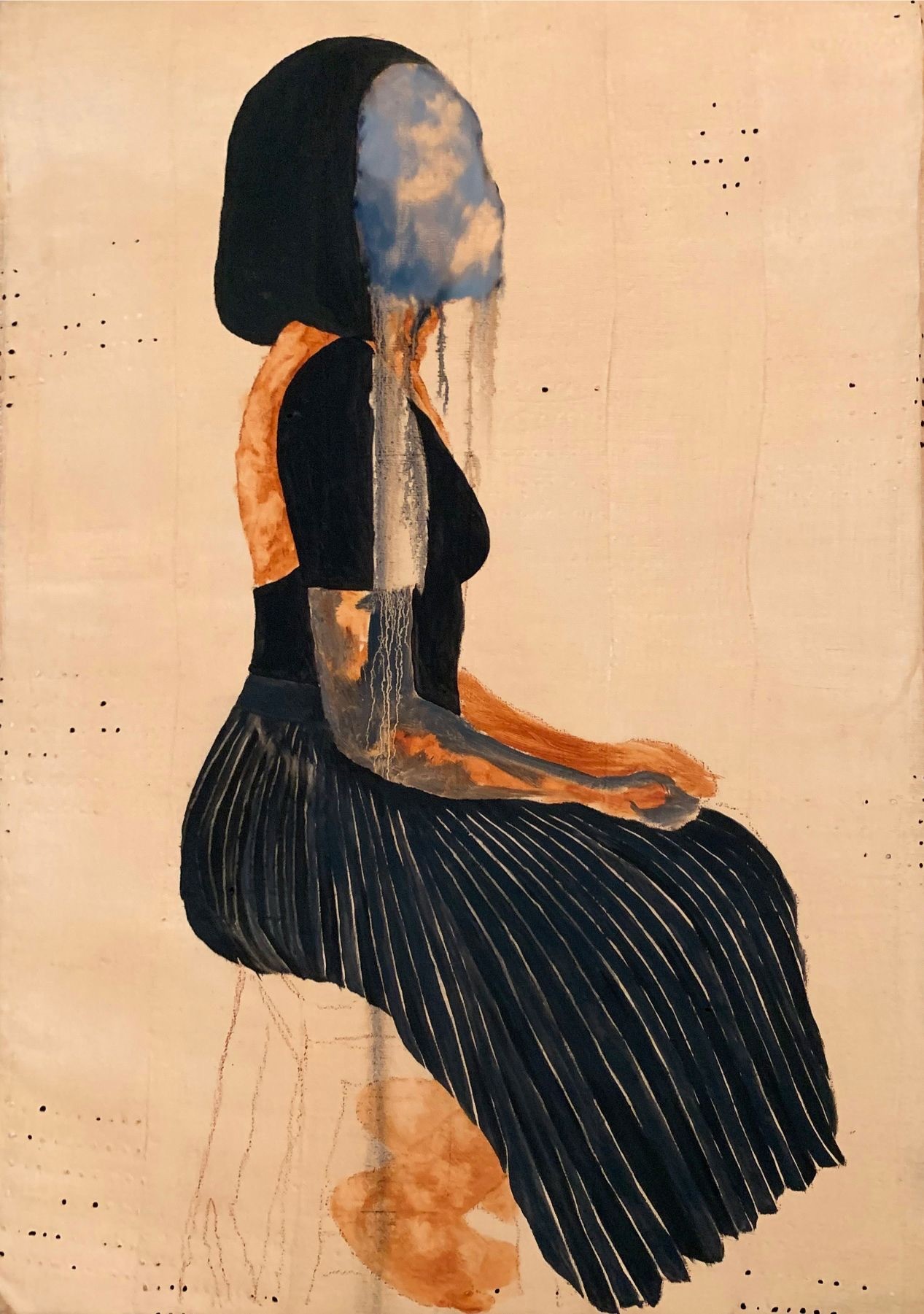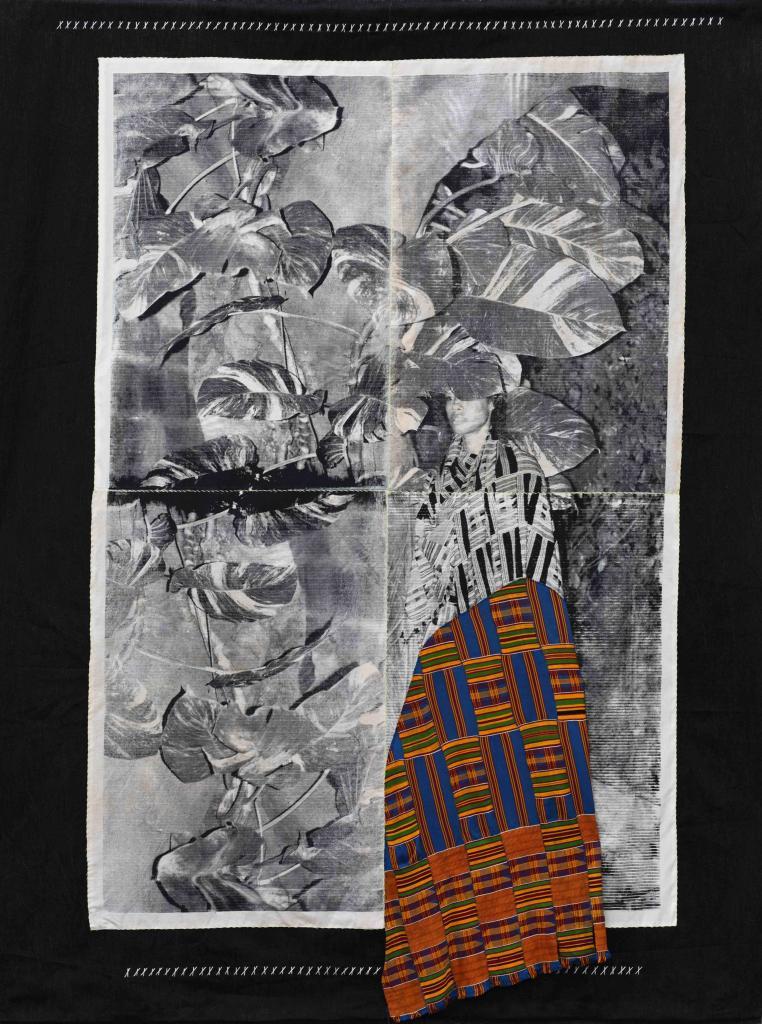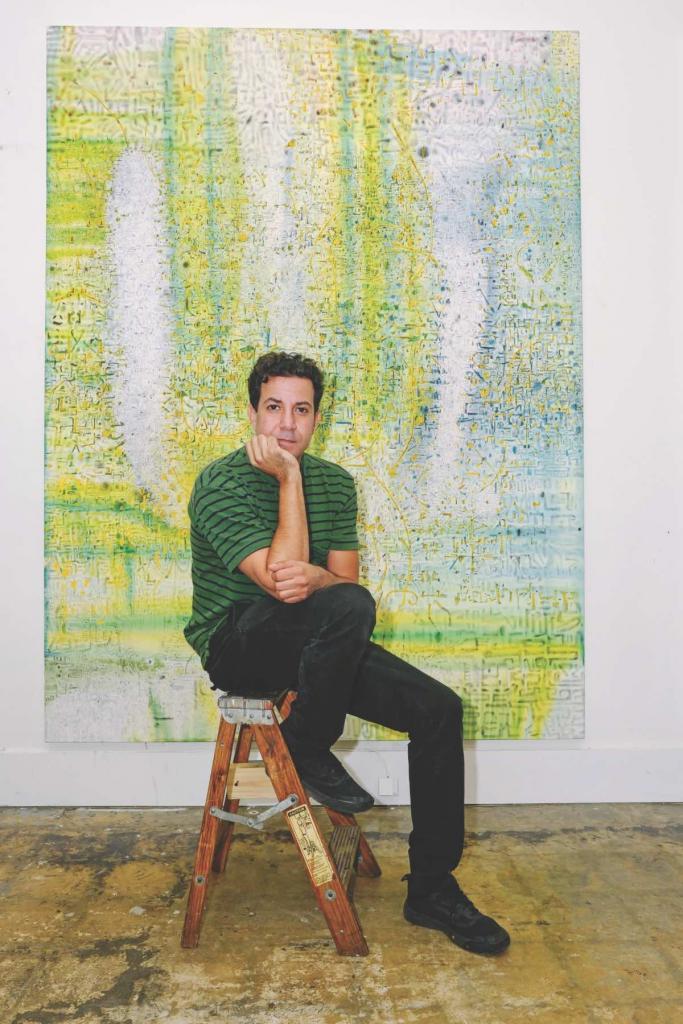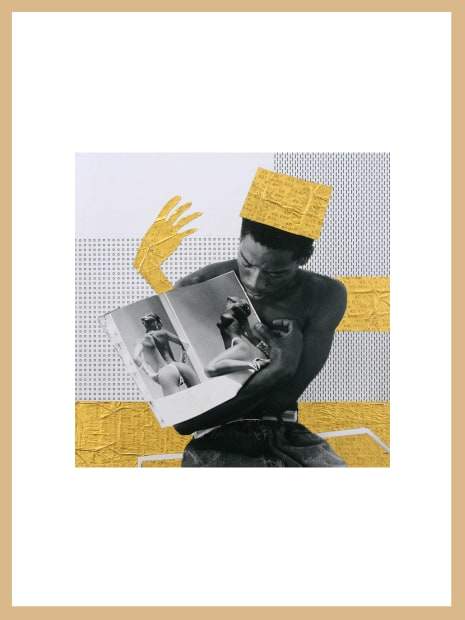A Race To Digitalize: African Art’s New Playground
The devastating socio-economic effects of the novel coronavirus are pushing forward an already nascent digital landscape for the understanding and sale of art from Africa.
It’s rather redundant now to say that the art world is embracing the digital world like never before. When the world was forced into lockdown, albeit in varying degrees, auction houses, galleries, artists, curators, museums and institutions had no choice but to follow what everyone else was doing: Connecting online
“How are local galleries surviving this global crisis? I am afraid the majority—and not only the youngest ones—are already struggling,” said Merriem Berrada, artistic director of the Museum of African Contemporary Art Al Maaden (MACAAL) in Marrakech. “Galleries and institutions must have a strong digital program.” The key, at least for the time being, is to forge a dynamic online presence.
Museums in Europe and North America, which have hosted an unprecedented number of shows on contemporary African art in recent years, are all closed now due to Covid-19. The many art fairs dedicated to the subject that have sprung up all over the world in London, Marrakech, New York, Lagos, Paris, Cape Town, Johannesburg and Doula, have been postponed. Like the rest of the art world, the African art scene is grappling with a loss of physicality and an increasingly, however temporary, digital world.
An Online Surge

The New York edition of 1-54 Contemporary African Art Fair, which hosts editions also in London and Marrakech, was supposed to take place in May, but has been postponed until 2021. What’s next up on the horizon is the fair’s London edition, due to take place on 8-11 October 2020. Still reeling from having to postpone the New York edition so suddenly, the fair scheduled for May has quickly been transferred to online. Showcasing 25 galleries from around the world, it will now be held exclusively on Artsy from 6-30 May, with VIP Previews on 4-5 May. “We will see how much the galleries are selling online and then understand what works and doesn’t work.” said Fair founder and director Touria El Glaoui from quarantine in the South of France. “All of my positive thoughts are for our fair in London in October.”
“The lesson to learn from this experience is that we might need to have a digital platform as an extension to the fair,” added El Glaoui. “We still have a lot of applications for our fair in October. For the galleries post-Coronavirus, the first thing they will want to do is get out there and sell in September and October—if they are able to do so physically.”
The scene has also catered to the development of comprehensive online platforms for African contemporary art. One, Artskop3437, which launched its Database and Collecting space in December 2019 and functions as space dedicated to fostering a better understanding of Art from Africa, is presently having discussions with new galleries wishing to join the collective project since the appearance of Covid-19.
“We are also working with museums to put their permanent collections online on Artskop3437, with institutions like MACAAL in Marrakech, for example, which has been a partner in the project since last December,” said co-founders Prince Malik and Jordan. The site works with leading galleries on the continent, including Galerie Cécile Fakhoury, SMAC gallery, Espace d’art contemporain 14°N 64°W and Sakhile and me, to name a few, partnering with such names to forge an extension of their physical space. “There is an urgent need to write, structure and archive African artistic creation though Art History and digital is an amazing tool,” continued the site’s co-founders. “While the fairs help galleries to sell art over 5,000 euros, Artskop helps them sell works for less than that figure with the direct online buying tool. We consider ourselves to be a tool for art education and the African art market.”
On an institutional level, major museums on the continent are moving their collections and exhibitions online just like their counterparts around the world. In Dakar, the Museum of Black Civilizations, which opened in December 2018, is now temporarily closed, but will film its exhibitions to show on national TV and online. “Everyone in Senegal will now be able to view the museum and its exhibitions, and hear experts,” said Oumy Diaw, a communications specialist based in Dakar. In this way, one could argue that African art history is now able to be viewed by a larger public than ever before—a positive outcome of the pandemic.
Meanwhile in Cape Town, the Zeitz MOCAA is offering 3D tours of the museum in partnership with Google Arts and Culture as well as upping their YouTube channel. In Marrakech, the Museum of African Contemporary Art Al Maaden (MACAAL), which opened in February 2018, is creating a special online program, which will include content surrounding their current exhibition “Have You Seen A Horizon Lately?” alongside live interviews with artists, curators, comedians and other art-world figures. In terms of community development, MACAAL’s bootcamp, conducted over two weeks, offers slots to attendees needing help with pitching ideas, project application, or specific needs, like building a business model.
Collaborative Efforts

South African blue-chip galleries like Goodman Gallery, which also has a new space in London on Cork Street, has opened its virtual doors across their locations in South Africa and the UK, offering an enhanced digital program filled with gallery exhibitions, weekly bespoke online viewing rooms, Instagram LIVE takeovers, and an online film festival. “Having served as a vital non-discriminatory space for artists during the apartheid years, Goodman Gallery will seek to draw inspiration from this profound legacy in this time of crisis,” said Goodman Gallery Director Liza Essers. “We will be re-thinking what role we can play to support and collaborate with our artists to affect social change and make a difference in this time.” The gallery has also launched a fundraising campaign selling limited-edition woven artist textiles in support of Witkoppen Health and Welfare Clinic in South Africa, a non-profit organization which services 1.3 million people across the most deprived communities in Johannesburg. The textiles are designed by gallery artists Ghada Amer & Reza Farkhondeh, Broomberg & Chanarin, Nolan Oswald Dennis, and Samson Kambalu.
Stevenson, which has spaces in Cape Town and Johannesburg, has similarly embraced the digital sphere. The gallery opened its show of work by South African painter Thenjiwe Niki Nkosi online and via Instagram for their Johannesburg space and in Cape Town they are currently exhibiting Udludlilali by Mawande Ka Zenzile. “For both these shows we’re pivoting our efforts online, working with filmmakers to give our audience the experience from home,” said the gallery’s press officer Sinazo Chiya. “Generally, we’re using the time to find other ways of making direct contact with the people in our ecosystem—we’re all in it together.”

Please, click on the image.
Seeds of Hope

Against the odds of the present economic predicament and global pandemic, Sotheby’s sixth sale of Modern & Contemporary African Art (March 27-31), which had to convert quickly into its first online-only format after lockdown, was announced in the UK on March 23, realized $2,881,741 (estimate $3,587,000), featuring over 100 works from 58 artists across 21 countries.
The auction was led by Irma Stern’s Grape Packer from 1959, achieving $531,309 – well within-the pre-sale estimate $436,822-686,435. A painting by Nigerian master Ben Enwonwu, Sefi (1953) made $305,350 in its auction debut. Young star from DRC Eddy Kamuanga Ilunga’s Ko Bungisa Mbala Mibale 2 sold for $76,338 and his Ko Bungisa Mbala Mibale 3 made $53,436, proving is continued might on the market.
“The online platform has certainly allowed us to convert a live sale to online seamlessly,” said Hannah O’Leary, Head of Modern & Contemporary African Art at Sotheby’s.
“Interestingly, since the sale drew to a close, our collectors who usually prefer to bid in person or on the telephone have all agreed that bidding online was far easier than they ever imagined,” she added. “The most notable takeaway for me was the number of new buyers the online format brought: 35% of bidders in our sale were new to Sotheby’s, and almost 30% of bidders were under 40 years old. In fact, the auction saw almost 50% more bidders in comparison to the equivalent sale last year, and I am sure that accounts in part for the corresponding increase in turnover.”
While the debate is still on over whether online viewing rooms for art galleries result in good sales, the success of Sotheby’s Modern & Contemporary African Art Sale means that auctions, even when forced to work remotely, can still be highly profitable.
On the more charitable side, Arthouse Contemporary in Lagos, Nigeria, hosted The Online Charity Auction in support of Covid-19 aid, which closed at midnight on April 15. “The money raised will provide food for under-served communities in Lagos State as well as support emerging local artists during these challenging times,” said founder Kavita Chellaram.
New online ventures such as the recently launched Art and About Africa shine more light through the windows of confinement. Launched on February 20, the site aims to connect all players on the continent working in African art. Given the present crisis, it has also initiated ART: ESSENTIAL NEED, Emergency Grants for artists living in Africa.“We wanted to create a virtual connection against the physical walls of isolation and at the same time raise funds to support artists on the African continent,” said co-founder Lidjia Khachatourian who also runs AKKA Project, a gallery with branches in Dubai and Venice, with her husband.
“We asked artists to create artworks on their present state of isolation for the creation of an eBook to be sold and available on a Crowdfunding platform alongside limited-edition prints and original works from guest artists,” she explained. The money collected in exchange for the eBook, prints and works of art will serve to form the Emergency Grants, and all participating artists will benefit equally from the money raised.
The seeds of hope will grow as the art scene further adapts to the new structure that is emerging, however temporary or long lasting it will be. Art and creativity, it seems, are needed more than ever—even in the midst of the present chaos—even if just to provide hope. As Khachatourian states, quoting the famous Russian novelist Fyodor Dostoevsky. “Beauty will save the world.”
* Profile photo of this article is a work by the artist Nengi Omuku, Funke I, 2019. Oil on Sanyan. 91.4 x 61 cm. 36 x 24 in. Courtesy the artist and Kristin Hjellegjerde Gallery




